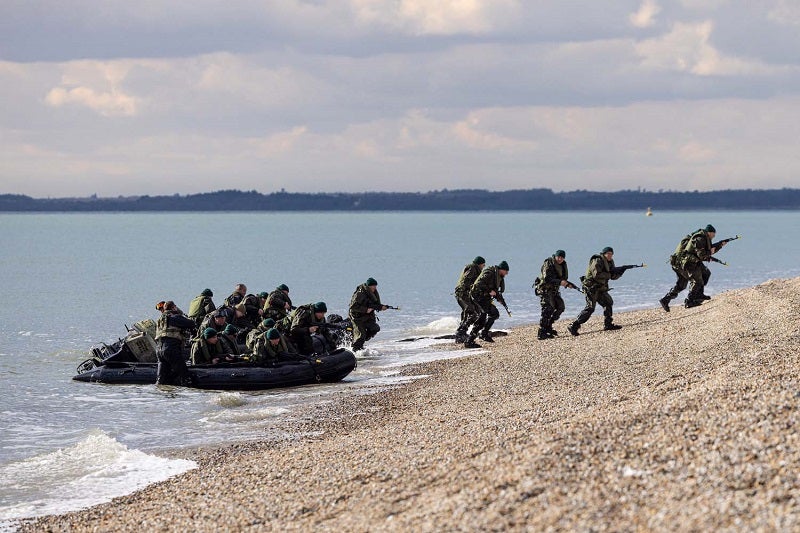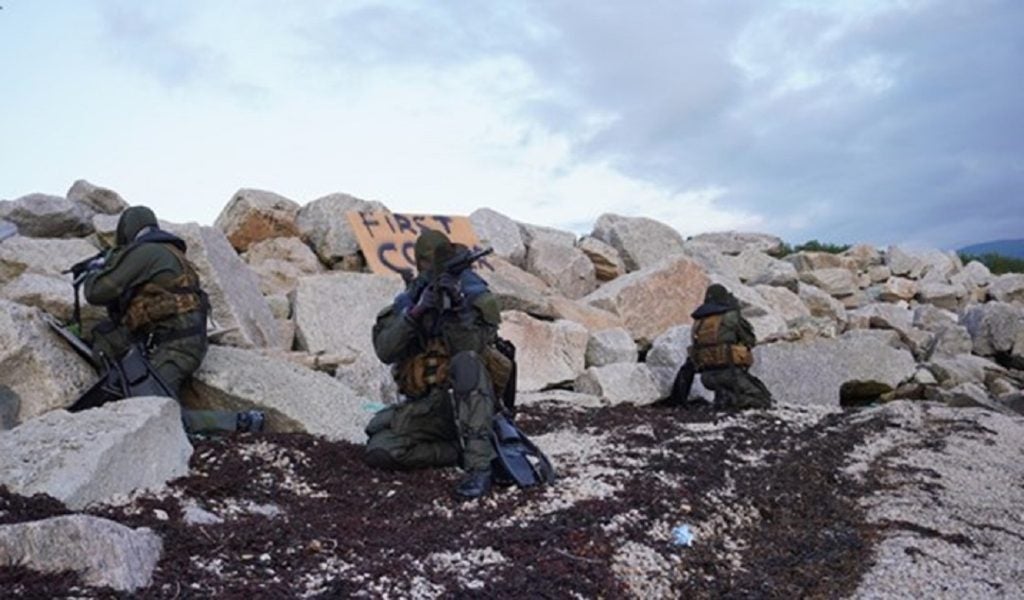The Norwegian Ministry of Defence has announced that it will train Ukrainian marines specialised in small boat operations in the spring for at least a year.
Bjørn Arild Gram, Norway’s Defence Minister, noted that “the Norwegian Army has already developed a close relationship with Ukrainian marines through training in Norway.”
In addition, the Government pledged a donation of rubber boats and equipment worth Nkr60m ($5.67m) toward Ukraine’s amphibious operations.
This latest training in Norway comes under the nation’s joint Maritime Capability Coalition with the UK in which both nations pledged to transfer maritime systems and expertise to Ukraine in December 2023. As part of coalition efforts, the UK offered two Royal Navy mine-hunters and offshore raiding craft.
Norway’s training comes after the Royal Navy’s efforts to train them in August 2023. “All the way through, our British instructors have been beside us, showing us how to move and how to work together in a small team,” one Ukrainian marine stated at the time.

Approximately 900 Ukrainian marines completed the course, which included instruction in the use of mortars, Next Generation Light Anti-Tank Weapons (NLAW) and Stinger anti-aircraft missiles, drones for reconnaissance, and explosive demolition of obstacles such as Dragon’s Teeth anti-vehicle fortifications.
Ukrainian marines have employed similar methods in the past few weeks, which have seen demonstrable success against Russia’s Black Sea fleet.
Recent USV swarm approach
At the beginning of February 2024, Ukrainian forces boasted its destruction of the Russian corvette Ivanovets, and this week claimed the destruction of Russia’s large amphibious ship, Caesar Kunikov.
Ukraine’s amphibious confrontations were waged in the form of a swarm approach using one-way-attack uncrewed surface vessels (USVs) that directly hit the hulls of much larger Russian surface combatants.
On 14 february 2024, in an interview with German media, the Ukrainian Commander in Chief of the Armed Forces, Oleksandr Syrskyi, explained Ukraine’s strategy going into 2024:
“We have shifted from offensive actions to conducting defensive operations. Our operational goal is to exhaust the enemy, inflict maximum losses using our fortifications, out technical advantages, unmanned aviation, electronic warfare, and maintaining prepared defence lines.”
Ukraine’s recent USV tactics fit into this grand strategy in the Black Sea; it marks the nation’s asymmetric advantage in inflicting maximum losses on invading Russian forces.









